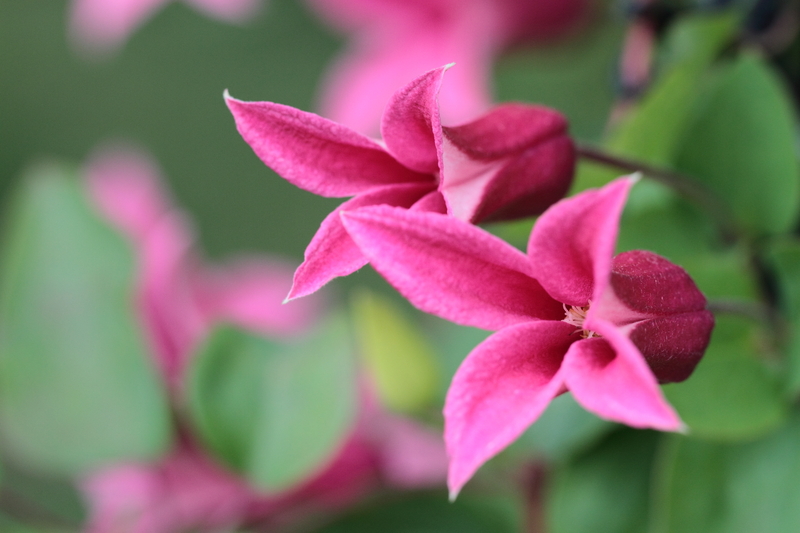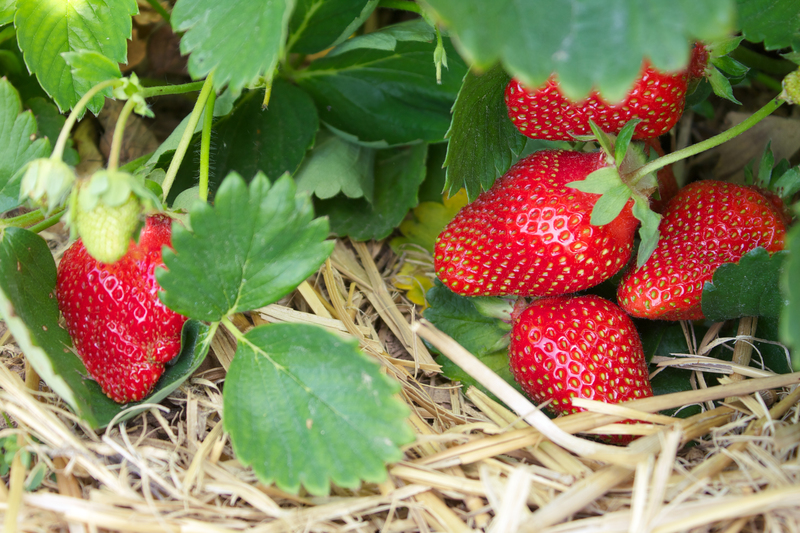Ground Cover Plants: 9 UK Garden Essentials
Posted on 21/08/2025

Ground Cover Plants: 9 UK Garden Essentials
Transforming a garden into a vibrant oasis requires attention to both aesthetics and functionality. Ground cover plants serve as the silent heroes of garden design. These versatile plants not only add a splash of color and texture but also suppress weeds, conserve soil moisture, and prevent erosion. In the UK, a diverse range of ground covers can enhance your outdoor space. Here, we'll explore 9 essential ground cover plants for UK gardens.
An Introduction to Ground Cover Plants
Ground cover plants are low-growing, spreading plants that form a dense mat over the soil. They are ideal for filling gaps in the garden landscape and are often used under trees, on slopes, or between stepping stones. These plants can vary in their environmental preferences, some thriving in sunny spots, while others prefer the shaded corners of your garden.
The Benefits of Using Ground Cover Plants
Ground cover plants offer numerous benefits, making them indispensable in garden design. Here's why:
- Weed Suppression: A dense layer of ground cover can inhibit the growth of weeds, reducing the need for maintenance.
- Moisture Retention: These plants help to retain moisture in the soil, which is especially beneficial during dry periods.
- Erosion Control: Ground covers protect the soil from erosion, particularly on slopes or uneven terrain.
- Aesthetic Appeal: With a wide variety of colors, textures, and flowering options, ground covers add visual interest to your garden.
Top 9 Ground Cover Plants for UK Gardens
1. Vinca Minor (Lesser Periwinkle)
The Vinca Minor is a reliable choice for UK gardeners. Its vibrant periwinkle-blue flowers bloom from spring to autumn, providing a long-lasting visual appeal. This evergreen plant thrives in both sun and shade, making it versatile for varied garden locations.
2. Ajuga Reptans (Bugleweed)
Ajuga Reptans, known as Bugleweed, is admired for its striking blue flower spikes and glossy, dark green foliage. It grows well in shaded areas and under trees. It's an ideal choice for gardens with less direct sunlight.
3. Pachysandra Terminalis
Pachysandra Terminalis, or Japanese Spurge, is a favorite in UK gardens for its rich green color and ability to cover large areas. It is perfect for shady spots and thrives under trees, creating a lush, uniform ground cover.
4. Thymus Serpyllum (Wild Thyme)
The enchanting Thymus Serpyllum, or Creeping Thyme, emits a wonderful fragrance and tiny purple flowers. Suitable for sunny locations, it's perfect between garden paths or rock gardens, and it's also drought-tolerant.
5. Galium Odoratum (Sweet Woodruff)
The Galium Odoratum is known for its pleasant aroma and delicate white flowers. Sweet Woodruff thrives in shaded and moist environments, adding a touch of elegance with its star-shaped leaves.
6. Helleborus (Hellebore)
Also known as the Lenten Rose, Helleborus offers an early splash of color with its winter and spring blooms. Its shaded preference makes it ideal under trees, where its unique flowers can flourish.
7. Saxifraga Urbium (London Pride)
The hardy Saxifraga Urbium, or London Pride, adapts well to most environments, offering beautiful rosettes of leaves and dainty white flowers. It's perfect for rockeries and very tolerant of different soil conditions.
8. Lamium Maculatum (Deadnettle)
The vibrant Lamium Maculatum, or Deadnettle, has attractively variegated leaves and a range of flower colors from pink to purple. It flourishes in shady areas and can cover large areas quickly.
9. Heuchera (Coral Bells)
Heuchera, commonly known as Coral Bells, brings dramatic foliage colors and delicate flowers to the garden. It thrives in partial shade and is ideal for adding contrast and texture.
How to Care for Ground Cover Plants
Caring for ground cover plants involves selecting the right plant for the right place. Here are some general care tips:
- Soil Preparation: Ensure the soil is well-drained and enriched with organic matter before planting.
- Watering: Water new plantings thoroughly, and maintain regular watering until established. Check moisture levels regularly but avoid waterlogging.
- Pruning: Light pruning after flowering can encourage denser growth and prevent plants from becoming too large.
- Fertilizing: Occasionally apply a general-purpose fertilizer in the growing season to support healthy growth.
Conclusion
Ground cover plants are integral to any garden for both aesthetic and practical reasons. By carefully selecting the appropriate plants for your garden settings, you can create stunning landscapes that are low maintenance and environmentally beneficial. With these 9 UK garden essentials, your outdoor space can be transformed into a tapestry of color and texture, all while supporting local wildlife and maintaining soil health. Embrace the beauty and functionality of ground covers in your garden today.


